|
When designing crochet along projects one of my aims is to pass on my knowledge of crochet stitches and techniques to as many crocheters as possible so that they can build on their skill set and push the boundaries of their own creativity. Crochet is by nature an organic process, and I love how creative I can be without having to do lots of forward planning. Crochet can be very forgiving and, unlike knitting, it can mask small mistakes and inconsistencies – something that is incredibly handy at my sampling stages. That said, it can be quite a different matter when following a pattern, as making frequent errors or changes to the project can mean that a design will look different than intended and can also mean that more or less yarn is used than expected. One of the first places crocheters can come unstuck when following a pattern is if they achieve a different crochet tension to the one suggested. Many crocheters simply assume that they will achieve the correct tension. This is a totally logical conclusion to make; after all, the information on the ball band or within the pattern is based on what the ‘standard’ tension is. In practice, however, many crocheters do not naturally attain the correct tension and therefore do not achieve a tension that sits within the ‘standard’. Working a tension piece: Once you have your yarn and the correct hooks you are ready to work your tension pieces. Spending an hour or 2 to work these blocks can seem like a waste of time, but it is REALLY important that you are sure you are working to the same tension as the patterns are written for. When working a tension piece it is a good idea to work on more stitches and rows than the suggested tension. In the following examples, I used 24 stitches for both samples shown lower down. The tension is taken from pre-blocked swatches. It is really important that you measure your tension to at least 10cm when working the test swatches – if in doubt measure over a larger piece, say 15cm or even 20cm just to be sure. Putting the groundwork in at this stage can save you a lot of heartache later on. I have used the Indigo Dreams CAL blanket project as the basis for my tension swatches. I have measured the tension over samples made using Stylecraft Life DK. If you choose to make your tension pieces using yarn from the requirement list of your project you need to make sure you keep your tension squares in a safe place or immediately unravel the yarn in case you need to reuse it later on in the project. The pre-blocked tension you are aiming for is as follows: Double Crochet (UK) using 4mm hook = approximately 20/21sts & 24 rows to 10cm (4in). Treble Crochet (UK) using 3.5mm hook = approximately 19/20sts & 10 rows to 10cm (4in). How to make your double crochet tension sample: Double Crochet (dc) (US single crochet – sc) Using 4mm hook make 25ch. Foundation Row: skip 1ch, 1dc into each ch to end, turn. (24sts) Row 1: 1ch (does not count as a st), 1dc into each st to end, turn. (24sts) Repeat last row until a total of 26 rows have been worked (including foundation row). Lay your sample on a flat surface. Using a tape measure place pins 10cm (4in) apart along a central row (horizontally) and count the stitches between the pins. You can see from the image below that I have achieved 20sts to 10cm. Using a tape measure place pins 10cm (4in) apart along the central point of the swatch vertically and count the rows between the pins. You are looking to achieve a tension of 24 rows for the Indigo Dreams blanket. How to make your treble crochet tension sample (US double crochet – dc): A size smaller hook is used to achieve the treble crochet (US double crochet) tension compared to the double crochet (US single crochet) tension. This is because the space between stitches grows depending on the length of the post of the stitch. Using 3.5mm hook make 26ch. Foundation Row: skip 3ch (counts as 1tr), 1tr into each ch to end, turn. (24sts) Row 1: 3ch (counts as a 1tr), skip st at base of 3ch, 1tr into each st to end working final st into 3rd ch of 3ch made at beginning of last row (tch), turn. (24sts) Repeat last row until a total of 12 rows have been worked (including foundation row). Lay your sample on a flat surface. Using a tape measure place pins 10cm (4in) apart along a central row and count the stitches between the pins. You can see from my image that I have achieved 20sts to 10cm. Using a tape measure place pins 10cm (4in) apart along the central point of the swatch vertically and count the rows between the pins. What to do when you have achieved a different tension to the pattern: If you have done your tension pieces and achieved more stitches and rows to 10cm (4in) this means you are working too tight. Rather than trying to change your crochet method by consciously crocheting looser, simply change up to a size larger hook. If you are still too tight then try another size larger. Make a note of how many sizes you have had to change by so that you are sure to make the swap for each of the hook sizes. If you have done your tension pieces and achieved fewer stitches and rows to 10cm (4in) this means you are working too loose. Rather than trying to change your crochet method by consciously crocheting tighter, simply change down to a size smaller hook. If you are still too loose then try another size smaller. As above, make a note of how many sizes you have had to change by so that you are sure to make the swap for each of the hook sizes. Pre-blocked and Blocked Tension: The measurements given in most of my patterns are for pre-blocked sizes throughout. Measuring to a pre-blocked size rather than a blocked size is more accurate as you could over stretch your work in the blocking process. Once the project is complete I do advise you to wash and block it before using it. This process will alter the tension slightly and will make the yarn appear smoother and the drape will improve. Factors that can affect your tension: Many things can make a difference to the tension you achieve. I have listed 5 of the most common below: 1. Your level of expertise: If you are a newcomer to the craft of crochet you may well find that your crochet tension will change as your ability improves. When launching into a project like this it is worth making sure you have put in enough ground work to ensure that you are working in the right way and that you have the ability to work consistently. 2. Your mood or situation: If you are a bit stressed or have had a bit of a tough day you may find your crochet tension is affected. Equally, having a few glasses of wine or watching a funny or enthralling movie whilst crocheting can also cause your tension to differ. As a general rule try to crochet in the same kind of situation whenever possible to ensure that everything stays as it should. 3. Hook size: Make sure you are using the correct size hook. For the most part of the Indigo Dreams project, for example, you will be asked to use a 4mm (US G/6) hook. Please check that you have not mistakenly used a UK 4 (imperial size) or a US 4 or 4/E. 4. Number of stitches: It is quite common to achieve the correct tension on a swatch only to find that it is not correct over a larger piece. This is because tension can change as we relax into the rhythm of a repetitive crochet action. Measure your tension at all the places I ask you to within the pattern just to be sure you are continuing to work at the correct tension. Having trouble with your tension over treble crochet (US double crochet)? Look at the way you work the stitch: Because of the nature of a treble crochet (US double crochet) it is common to find variances in stitch length and width even if the correct hook has been used in relation to the one used to achieve the correct tension over double crochet (US single crochet) When we make a treble crochet (US double crochet) we wrap our yarn around the hook first and then work 3 movements, drawing yarn loops through others to create the stitch. The tension achieved over each of these movements and the angle at which we hold our hook can have an impact on the tension of each step of the stitch. Why you need to change hook size when you are told to: The reason you will need to change hook size is to do with the tension achieved over different stitches. When you make a fabric using a dense stitch like double crochet (US single) you have very little room between the posts of your stitches, whereas when you work with stitches that have a longer post, such as treble crochet (US double) the space between the posts of the stitches gets bigger. I recommend the use of a 4mm (US G/6) hook for the majority of the crochet within the Indigo Dreams project, but there are places where you will need to swap down to a 3.5mm (US E/4) or up to a 4.5mm (US 7). As a general rule, look out for hook changes when working treble crochet (US double crochet) and slip stitches. Changing hook sizes can be a bit of a pain, but it is made easier if you have colour coded hooks – even a dab of different shades of nail polish on your crochet hook handles can make the process of identifying hooks easier. If you still cannot attain the correct tension:
When working in rows it is more important to get your stitch count right rather than your row count. If you have spent a little time attempting to get the right tension and are correct for the stitches but still find that your row count is short, simply add in a few rows of extra crochet. In the case of Indigo Dreams – Chambray pieces, you could easily add a row or 2 extra, keeping the stripe sequence correct. Doing this could slightly affect your yarn use for the project but, as attaining a tighter row tension means that you are working a little tight anyway, it shouldn’t make too much of a difference. It might be worth making sure you do not use too much more of the shades that have tight yarn usage though. If you find that you have the stitch count right but have too many rows, then simply undo a few rows so that you have the right measurement for the swatch. I hope that this information has gone some way to help those of you who might be struggling a little with crochet tension, or those who do not understand why it is important! Don't forget that the main target of crocheting is to have fun! Janie x Comments are closed.
|
AuthorWelcome to my blog. Here you will find my email newsletter archive alongside any other general musings or information about events or new pattern releases that I wish to share with you! Archives
June 2024
Categories
All
|
Services |
Contact us |
|

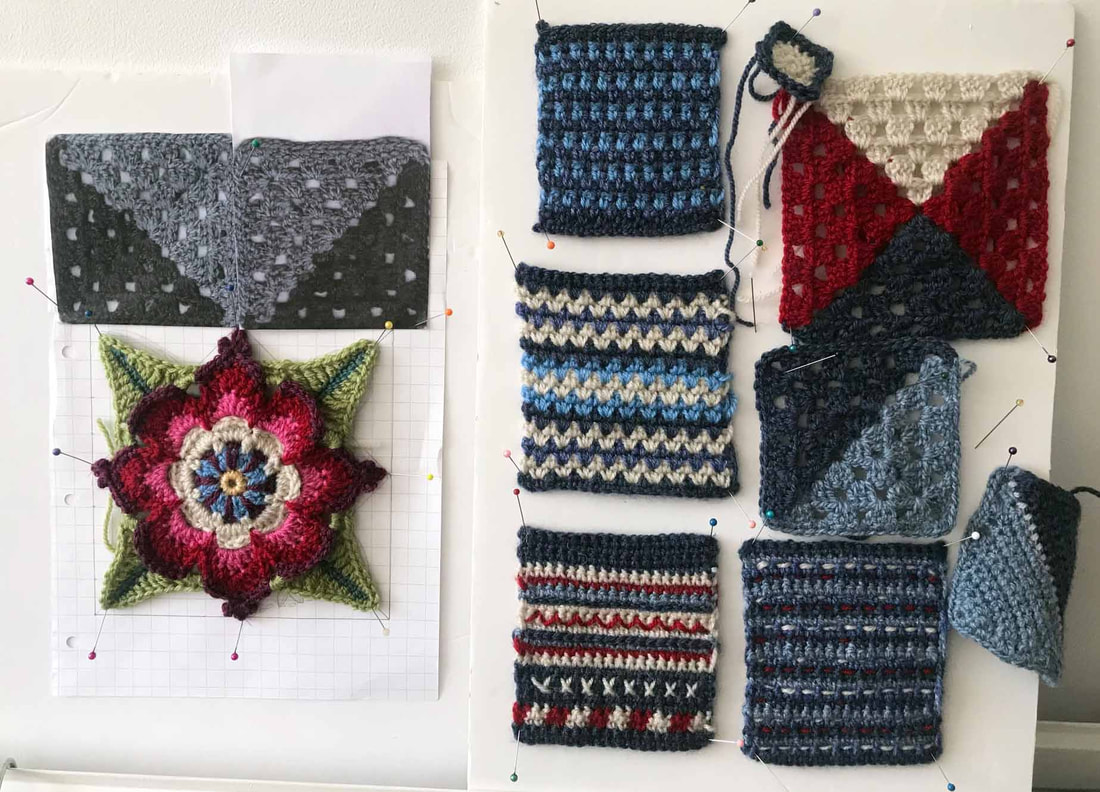
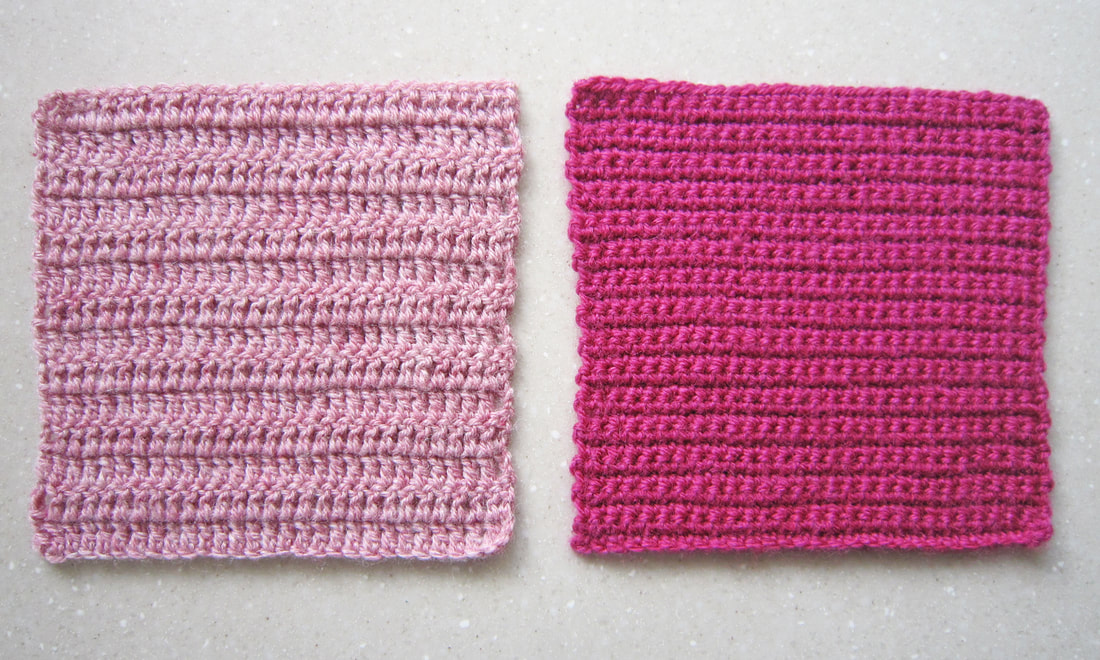
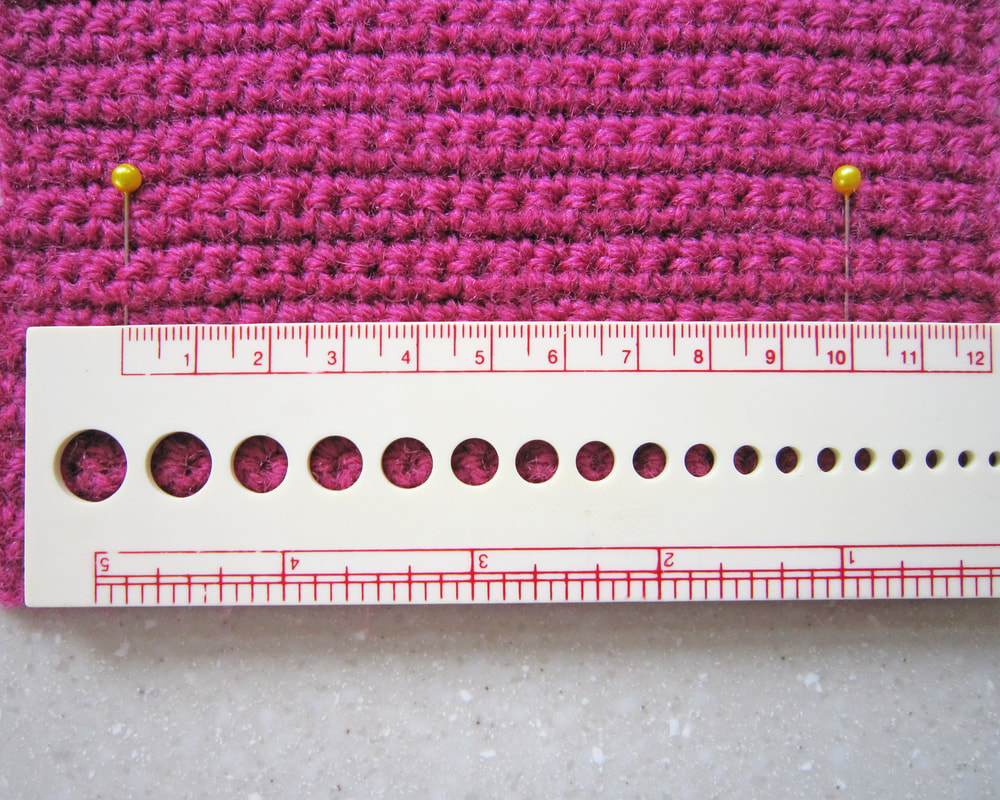
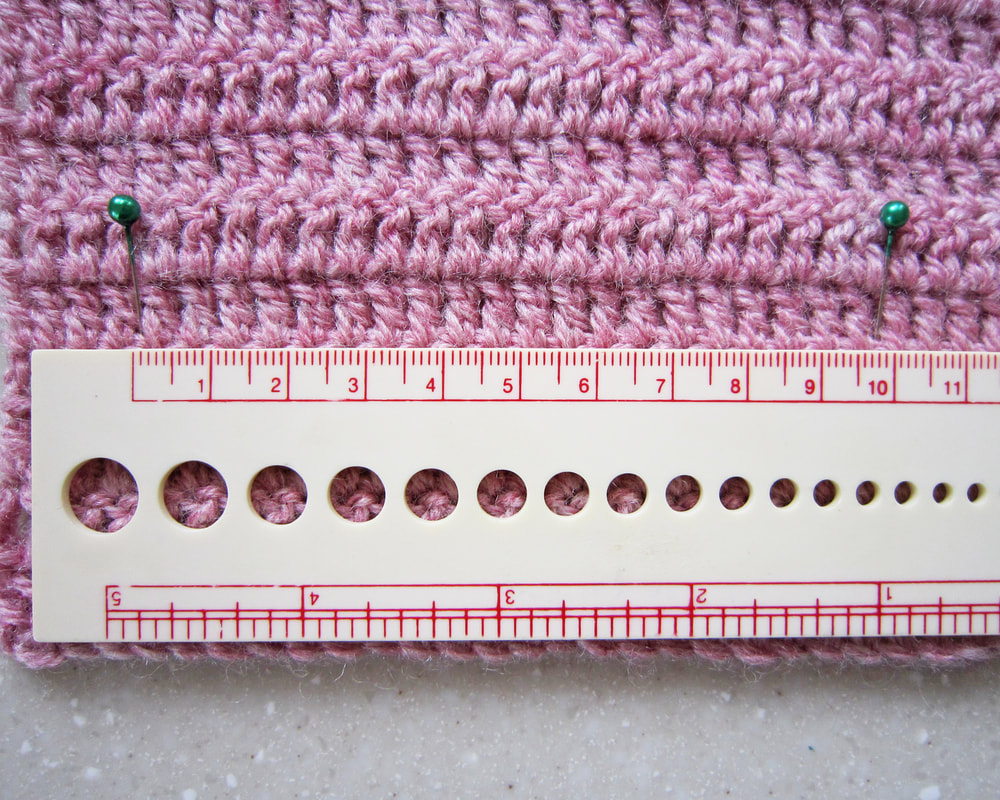
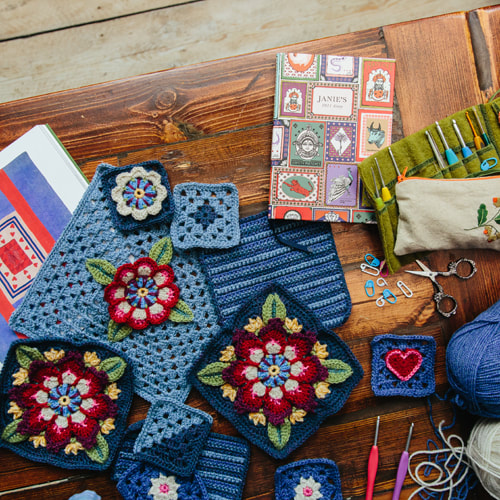
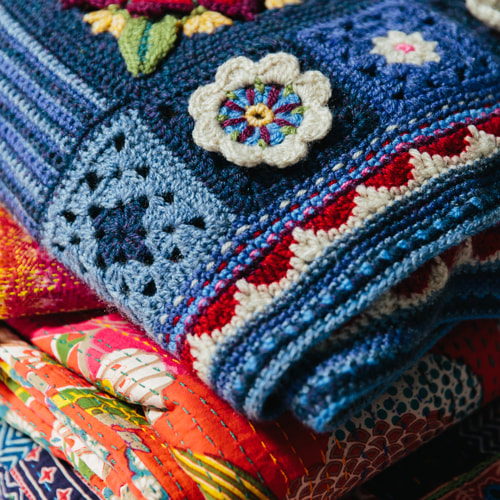
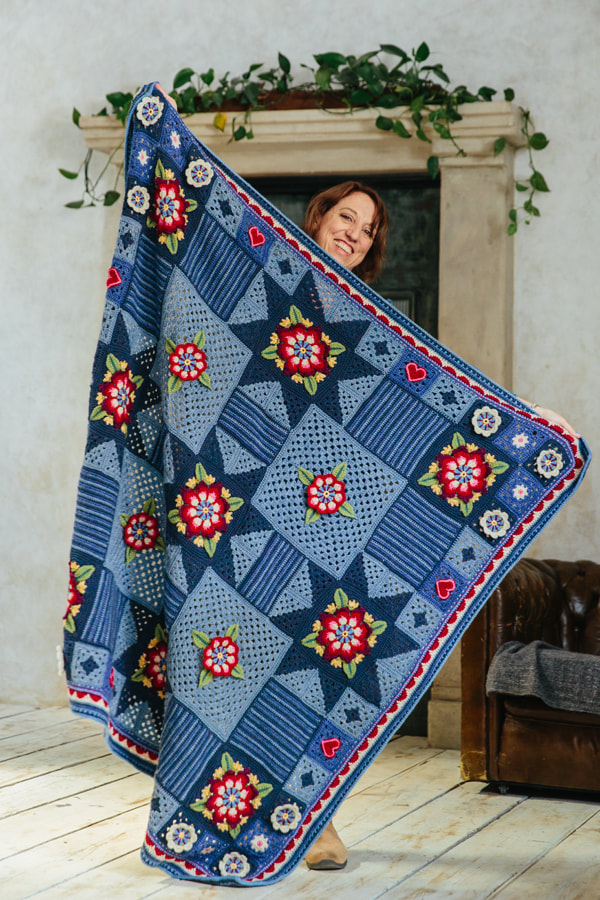
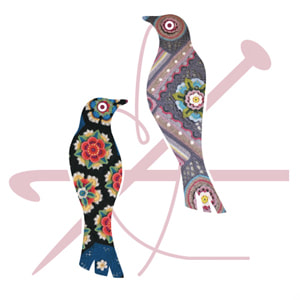
 RSS Feed
RSS Feed